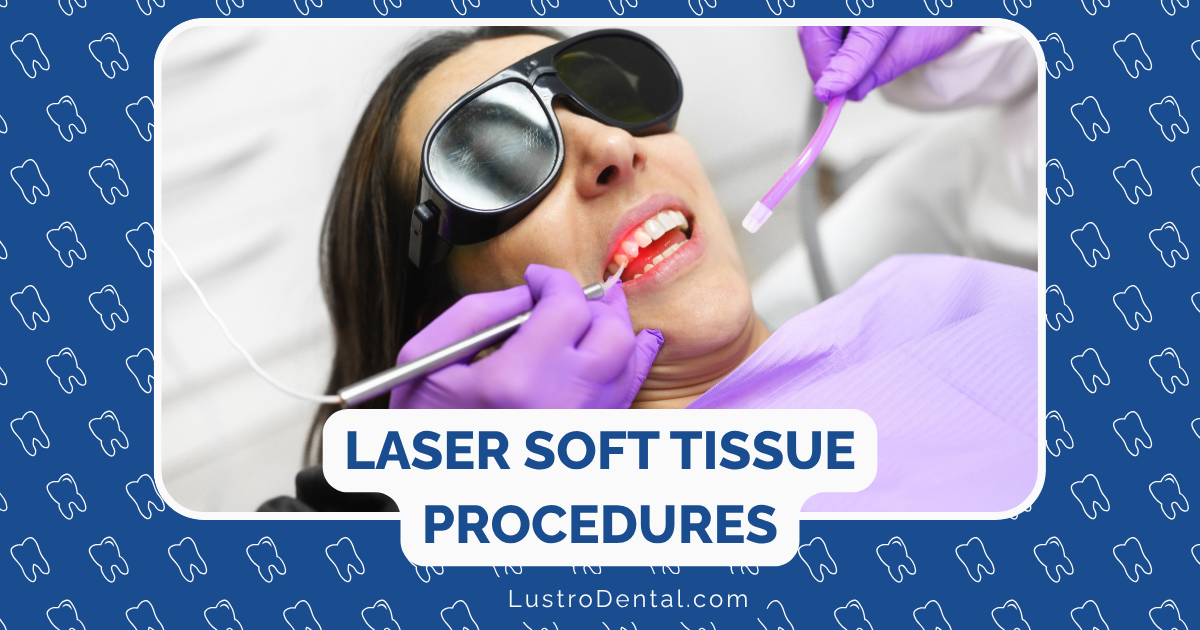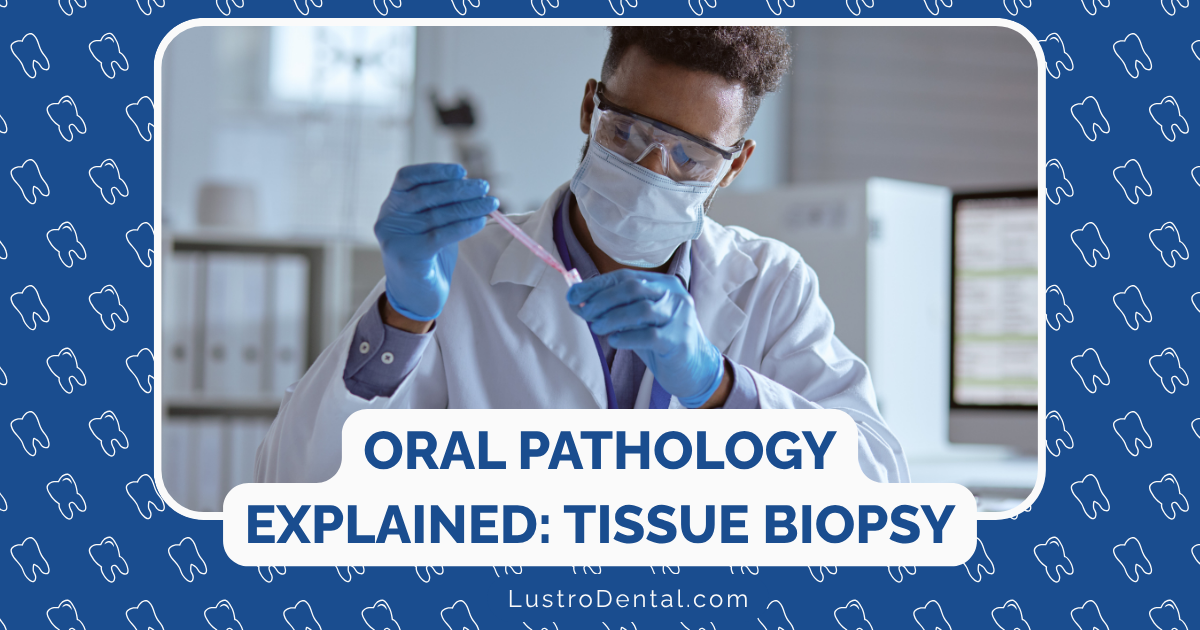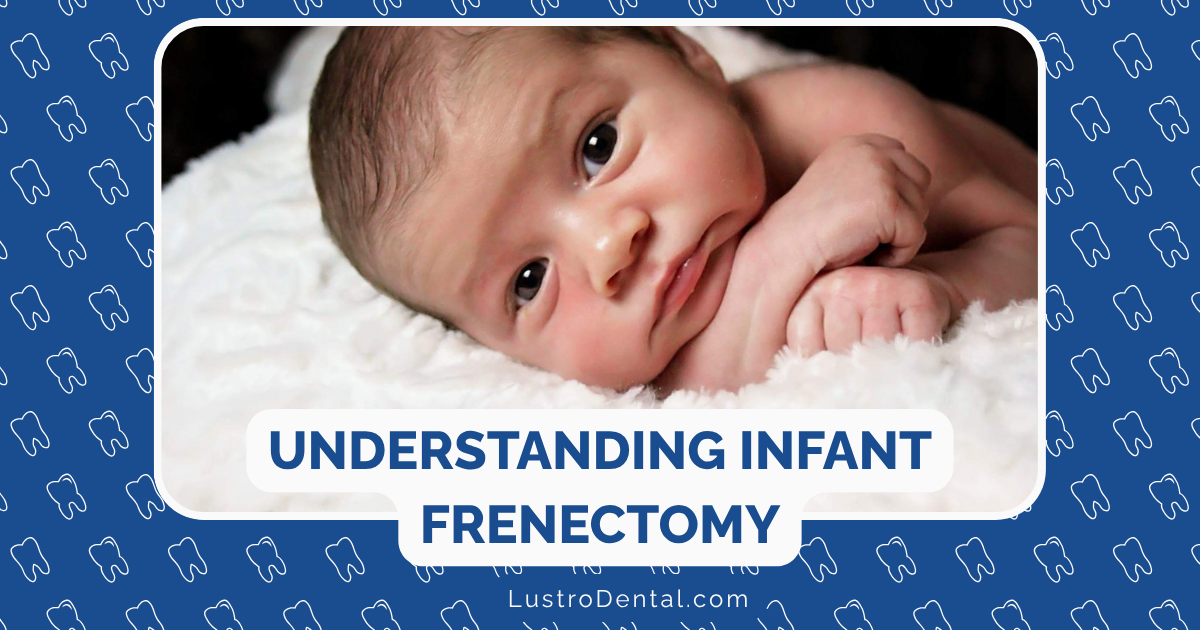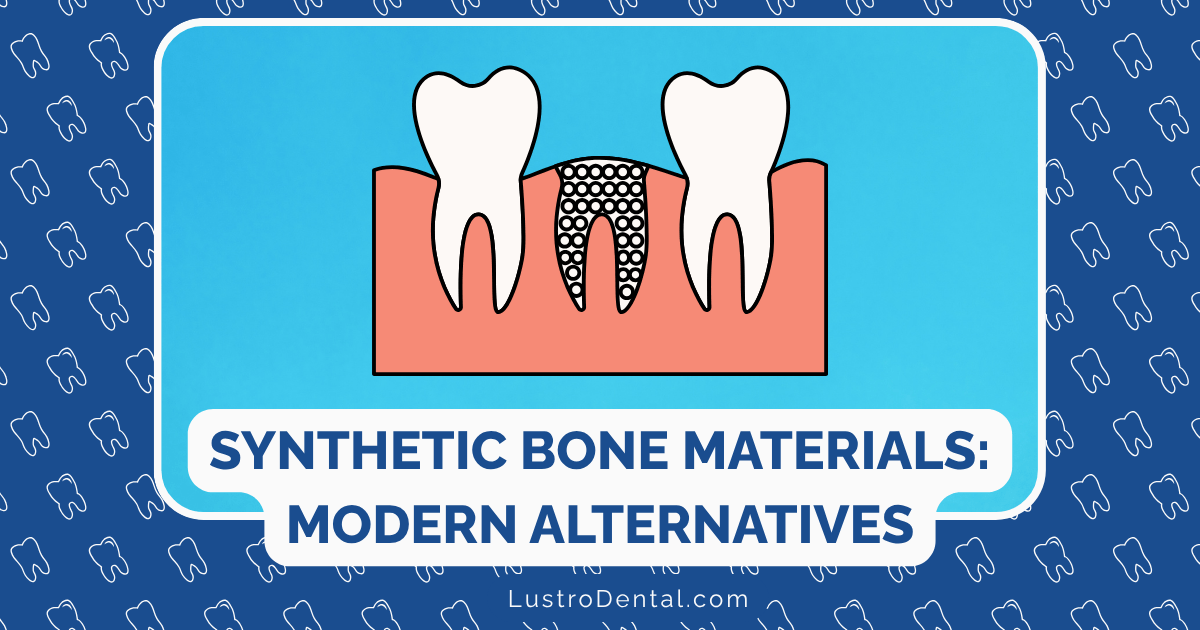Complications of Impacted Wisdom Teeth: Why Proactive Removal Is Often Recommended
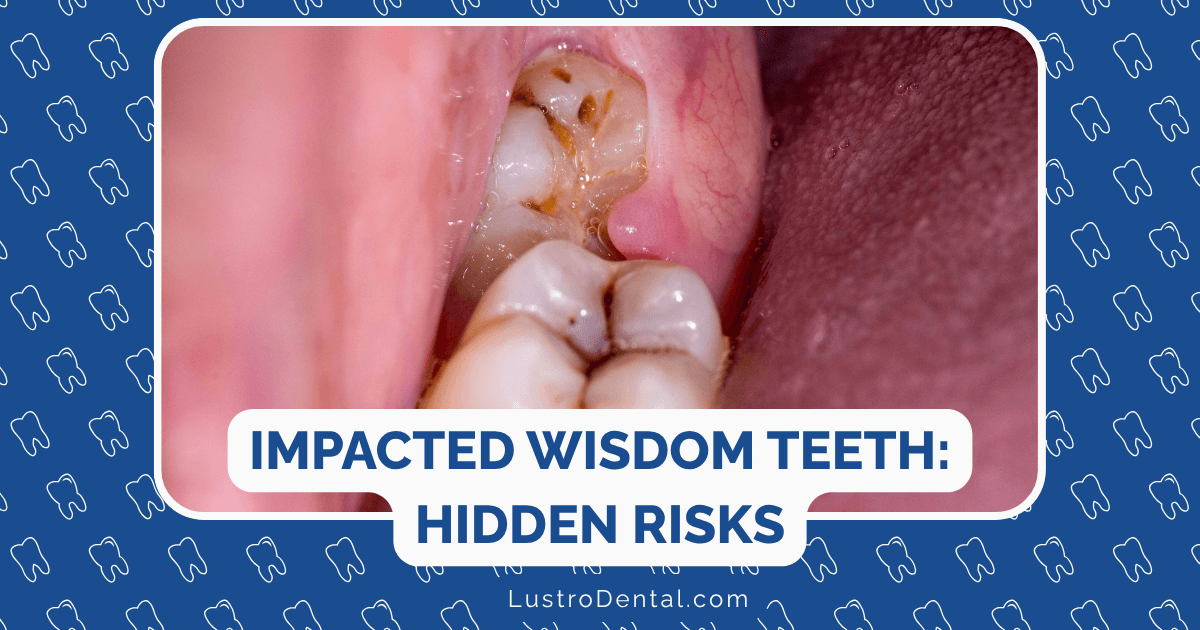
Those third molars tucked in the back of your mouth—commonly known as wisdom teeth—can be the source of significant dental problems when they don’t have enough room to emerge properly. As someone who’s helped many patients navigate decisions about their wisdom teeth, I’ve seen firsthand how proactive management can prevent painful complications and more complex procedures down the road.
In this guide, we’ll explore the potential complications of impacted wisdom teeth and why dental professionals often recommend removal before problems arise. Understanding these risks can help you make an informed decision about your oral health.
What Are Impacted Wisdom Teeth?
Wisdom teeth are the last permanent teeth to develop, typically emerging between the ages of 17 and 25—a time traditionally associated with gaining “wisdom,” hence their name. According to the American Academy of Oral and Maxillofacial Surgeons, approximately 90% of people have at least one impacted wisdom tooth.
A wisdom tooth becomes “impacted” when it cannot fully erupt into the mouth due to insufficient space, obstruction by another tooth, or abnormal positioning. There are several types of impaction:
- Vertical impaction: The tooth is positioned correctly but cannot fully emerge
- Horizontal impaction: The tooth is positioned sideways, growing toward adjacent teeth
- Mesioangular impaction: The tooth is angled forward, toward the front of the mouth
- Distoangular impaction: The tooth is angled backward, toward the rear of the mouth
The Prevalence of Wisdom Teeth Problems
The statistics surrounding wisdom teeth issues are compelling:
- Nearly 85% of people will need their wisdom teeth removed at some point in their lives
- About 90% of people experience at least one complication with their wisdom teeth
- An estimated 5 million Americans undergo wisdom teeth extraction annually
- The costs associated with wisdom teeth removal exceed $3 billion yearly in the US
Research published in the Journal of Oral and Maxillofacial Surgery found that approximately 72% of young adults have at least one impacted wisdom tooth. This high prevalence helps explain why wisdom teeth extraction is one of the most common dental surgical procedures performed worldwide.
Potential Complications of Impacted Wisdom Teeth
When wisdom teeth don’t have sufficient room to emerge properly, they can cause a cascade of problems that extend beyond just the teeth themselves.
1. Infection and Pericoronitis
What happens: When wisdom teeth partially erupt, they create a flap of gum tissue that can trap food particles and bacteria, leading to infection.
The risk: This condition, called pericoronitis, causes painful swelling, bad breath, and difficulty opening the mouth. According to the Cleveland Clinic, these infections can spread to the cheek and neck if left untreated.
Statistics: Studies show that pericoronitis affects up to 25% of partially erupted wisdom teeth at some point.
2. Damage to Adjacent Teeth
What happens: Impacted wisdom teeth often grow at angles that put pressure on neighboring second molars.
The risk: This pressure can cause root resorption (deterioration), cavities, bone loss, and even movement of otherwise healthy teeth.
Statistics: Research indicates that up to 40% of patients with impacted wisdom teeth show evidence of damage to adjacent teeth.
3. Dental Cysts and Tumors
What happens: The follicular sac surrounding an impacted wisdom tooth can fill with fluid, forming a cyst, or in rarer cases, develop into a tumor.
The risk: These growths can hollow out the jawbone, damage nerves, and destroy surrounding healthy teeth and tissue.
Statistics: A comprehensive analysis published in the Journal of Clinical and Experimental Dentistry examined over 5,400 impacted wisdom teeth and found that approximately 2.24% developed cysts and 1.16% developed tumors. While these percentages may seem small, they represent significant risks when considering the millions of people with impacted wisdom teeth.
4. Periodontal (Gum) Disease
What happens: The difficult-to-clean areas around impacted wisdom teeth become breeding grounds for bacteria that cause gum disease.
The risk: This can lead to inflammation, bone loss, and recession of gum tissue—not just around the wisdom teeth but also around healthy adjacent teeth.
Statistics: Studies have found that 25% of individuals with asymptomatic wisdom teeth had periodontal disease around these teeth, and 40% of those with initial signs experienced significant progression within just 24 months.
5. Tooth Decay
What happens: Partially erupted wisdom teeth are difficult to clean properly due to their location and the way they emerge.
The risk: This leads to a higher risk of cavities not only in the wisdom teeth themselves but also in the adjacent second molars.
Statistics: Research shows that the second molars adjacent to impacted wisdom teeth have a cavity rate nearly three times higher than second molars in people without wisdom teeth.
6. Systemic Health Implications
What happens: Chronic oral infections, including those associated with impacted wisdom teeth, can have effects beyond the mouth.
The risk: Bacteria from these infections can enter the bloodstream, potentially affecting the heart, kidneys, and other organs.
Statistics: While direct causation is difficult to prove, multiple studies have shown associations between chronic oral infections and systemic health issues like cardiovascular disease.
Why Proactive Removal Is Often Recommended
Given these potential complications, many dental professionals recommend proactive removal of wisdom teeth, even when they’re not currently causing problems. Here’s why:
1. Easier Surgery and Recovery at a Younger Age
When wisdom teeth are removed in patients between the ages of 17-25:
- Roots are less developed: This makes extraction technically easier and less traumatic
- Bone is less dense: Younger patients have more pliable bone, allowing for easier removal
- Healing is faster: Younger patients typically experience quicker recovery times
- Complication risks are lower: The risk of nerve damage, dry socket, and other surgical complications increases with age
Dr. Sarah Johnson of Valley Creek Dental Care notes, “As patients age, wisdom teeth roots become fully formed and often curve around or near the inferior alveolar nerve in the lower jaw. This significantly increases the complexity of surgery and the risk of nerve damage.”
2. Prevention of Future Emergencies
Proactive removal allows for:
- Planned surgery at a convenient time rather than emergency extraction
- Proper pre-surgical evaluation and planning
- Optimal pain management and sedation options
- Scheduled recovery time
3. Protection of Orthodontic Results
For patients who have undergone orthodontic treatment:
- Wisdom teeth can exert pressure that causes shifting of properly aligned teeth
- This can potentially undo years of orthodontic work
- Many orthodontists recommend removal to preserve treatment results
4. Cost-Effectiveness
While wisdom teeth removal isn’t inexpensive, it’s typically more cost-effective than dealing with the complications that can arise from problematic wisdom teeth:
- Emergency extractions often cost more than planned procedures
- Treatment for damaged adjacent teeth adds significant expense
- Managing infections and cysts requires additional procedures and medications
- Retreating orthodontic issues can be extremely costly
When Is Proactive Removal Most Beneficial?
While each case is unique, research and clinical experience suggest that proactive wisdom teeth removal is most beneficial for:
Age Considerations
- Late teens to early 20s: The optimal window for extraction in most cases
- Before age 25: When complications are less likely and recovery is typically faster
Specific Risk Factors
- Patients with crowded teeth or a small jaw
- Those who have undergone orthodontic treatment
- Individuals with a family history of wisdom teeth problems
- Patients with limited access to dental care (military deployment, remote living, etc.)
X-ray Findings
- Wisdom teeth positioned at problematic angles
- Evidence of developing pathology (cysts, decay, etc.)
- Signs of potential damage to adjacent teeth
- Insufficient space for proper eruption
What About “Wait and See”?
Some dental professionals advocate for a “wait and see” approach, monitoring asymptomatic wisdom teeth rather than removing them proactively. This approach may be appropriate for:
- Wisdom teeth that have fully erupted in proper alignment
- Patients who can maintain excellent oral hygiene in these areas
- Cases where the risks of surgery outweigh the benefits due to medical conditions
However, a study published in the American Journal of Public Health found that 60% of patients who initially opted to keep their asymptomatic wisdom teeth eventually had them removed within 12 years due to developing problems.
The Extraction Process: What to Expect
If you and your dental provider decide that wisdom teeth removal is appropriate, here’s what you can generally expect:
Before Surgery
- Consultation: Examination, X-rays, and discussion of options
- Planning: Determination of the type of anesthesia needed
- Preparation: Instructions about eating, drinking, and medications
During Surgery
- Anesthesia: Local anesthesia, sedation, or general anesthesia depending on your case
- Extraction: Removal of the teeth, which may involve creating an incision in the gum and removing bone
- Closure: Stitches if necessary, and gauze placement to control bleeding
After Surgery
- Initial recovery: Rest with head elevated for the first 24 hours
- Pain management: Prescription or over-the-counter medications as recommended
- Swelling control: Ice packs applied to the face
- Dietary modifications: Soft foods and plenty of fluids
- Oral hygiene: Careful cleaning according to your surgeon’s instructions
Making Your Decision
The decision about wisdom teeth removal should be made in consultation with your dentist or oral surgeon, taking into account:
- Your age and overall health
- The current position and condition of your wisdom teeth
- Your risk factors for future complications
- Your personal preferences and concerns
- Your access to dental care in the future
Dr. Michael Chen of the American Association of Oral and Maxillofacial Surgeons emphasizes, “While not every impacted wisdom tooth will cause problems, the evidence suggests that proactive management often leads to better outcomes than waiting until complications develop.”
Final Thoughts
Impacted wisdom teeth represent a unique challenge in dental care—they’re the only teeth we routinely consider removing before they cause problems. This preventive approach is based on decades of clinical experience and research showing that the risks of keeping impacted wisdom teeth often outweigh the benefits.
By understanding the potential complications and considering your individual circumstances, you can make an informed decision about whether proactive removal is the right choice for your long-term oral health.
Have you had experiences with impacted wisdom teeth? Did you opt for proactive removal or wait until problems developed? Share your story in the comments below to help others navigating this common dental decision.


